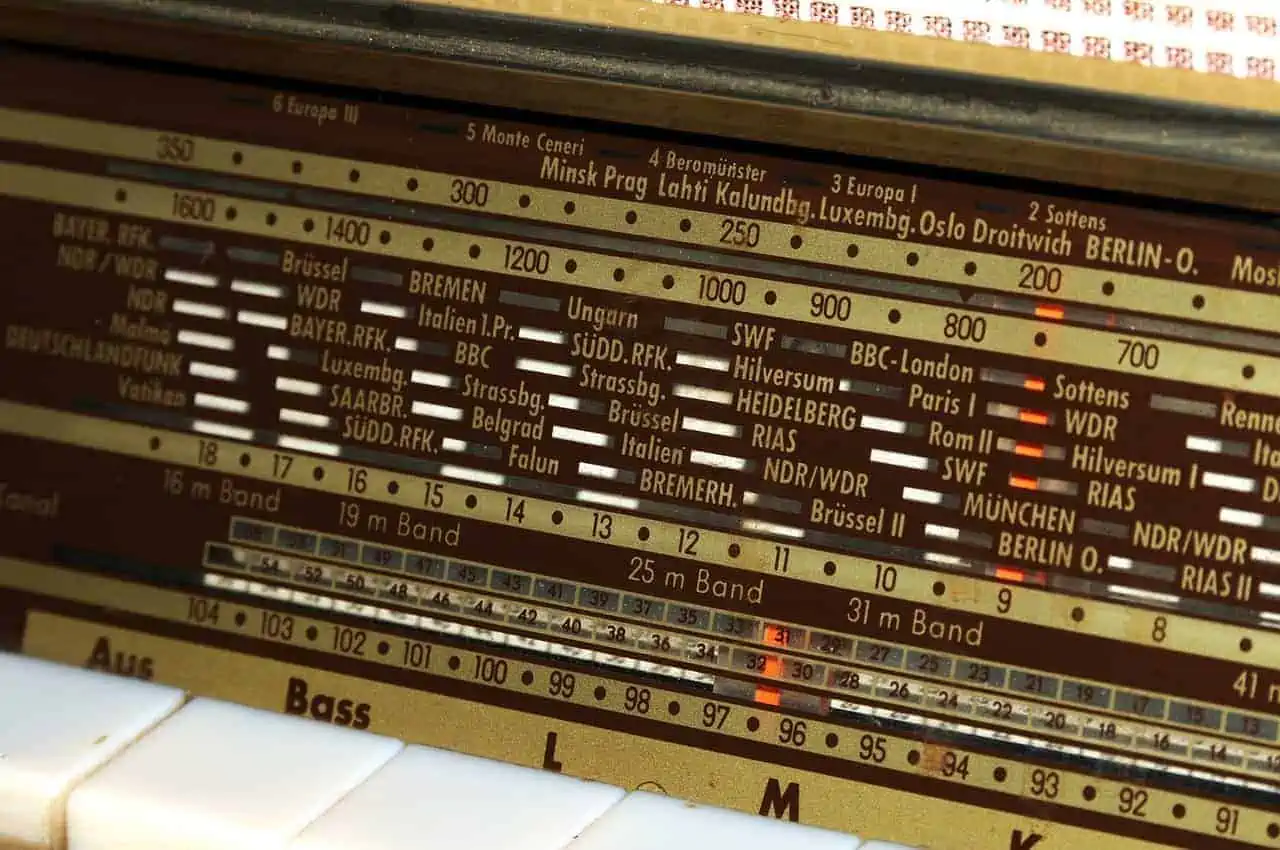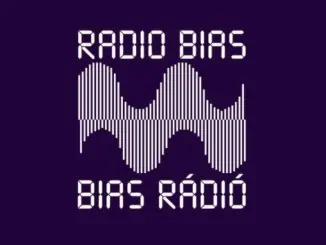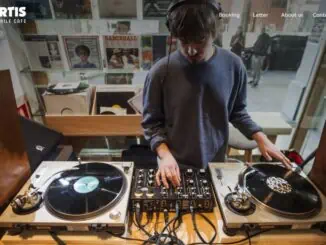 50.9% of all listening in the UK was digital in the first three months of 2018 according to radio research body RAJAR. This compares to 47.2% for the first quarter in 2017.
50.9% of all listening in the UK was digital in the first three months of 2018 according to radio research body RAJAR. This compares to 47.2% for the first quarter in 2017.
The share of radio listening by platform in the first quarter of 2018 to 17th May 2018 was:
AM/FM 49.1%
All Digital 50.9%
DAB 36.8%
Digital TV 4.8%
Online/Apps 9.3%
Total listening for all radio platforms during the quarter amounted to 1,025 million hours.
The UK government has in the past said that passing the 50% digital point where it would consider setting a date for a digital radio switchover. However Digital and Creative Industries minister Margot James said ‘the 50% share will be an important milestone for radio.’
She confirmed the government would ‘work closely with all partners – the BBC, commercial radio, Arqiva (who provide the DAB infrastructure), car manufacturers and listeners – and subject to this will make some further announcements.’
Is DAB the future of Digital Radio in the UK?
Although the take up of DABs sets is still growing, the use of mobile phones, tablets and digital TV which provide access to digital radio is growing faster. 27.8% of all adults and 36.5% of the 15-24 age-group in the UK listen to radio via their phone or tablet at least once a month (Source: RAJAR/Ipsos MORI/RSMB).
The car radio is the most popular way for listening to music-based and speech-based radio stations (Source: Ofcom Research, 2017). In Car Entertainment systems are now incorporating systems like Android Auto and Apple’s Car Play as well as allowing smartphone access and the ‘connected car’ with its own mobile data connection is becoming increasingly available in new models. It remains to be seen whether government or the broadcasters will want to expand the digital footprint with costly DAB infrastructure or whether it will rely on online delivery.
DAB v Online Audio Quality
DAB Digital radio services (or stations) are grouped together in multiplexes and to keep transmission costs down and to maximise the number of stations available, choice has been prioritised over audio quality.
The BBC is under less cost pressures than the commercial broadcasters and audio quality on the various BBC DAB channels varies from as little as 64kbps mono on Radio 5 Live to 192kbps stereo for Radio 3. Compare this to the BBC’s iPlayer Radio app offers up to 320kpbs AAC stereo (HiRes Audio’s Standard Quality) and it is clear that internet radio offers a superior audio quality to DAB as currently rolled out.
The BBC briefly experimented with CD Quality internet radio but currently there are no plans to continue with this. At the last count (May 2018) we found 17 internet radio stations with CD quality covering a wide range of musical genres. For a list of high quality audio radio stations go to CD Quality Internet Radio.




